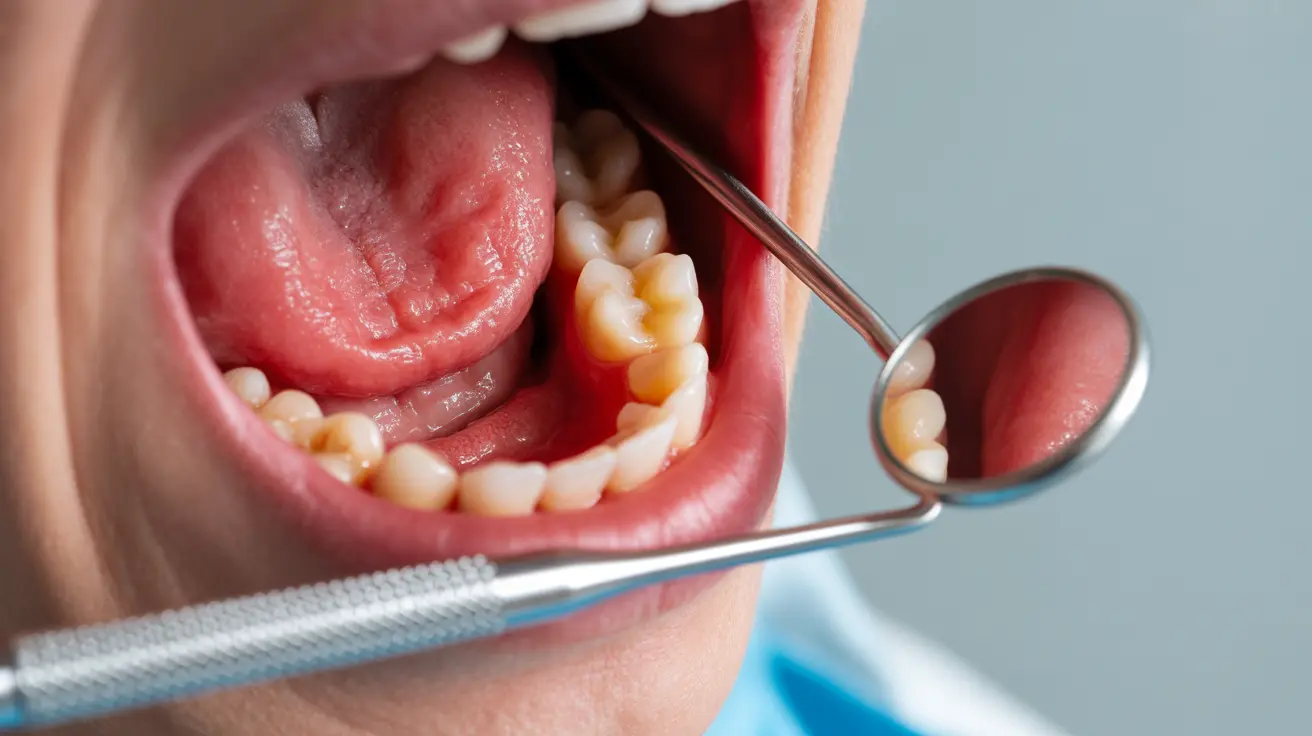Cerebral angiography is a specialized medical imaging procedure that provides detailed views of the blood vessels in your brain. This advanced diagnostic test helps doctors identify various conditions affecting cerebral blood flow, including aneurysms, blockages, and other vascular abnormalities. Understanding what this procedure involves can help patients feel more prepared and confident when facing this important diagnostic test.
As a gold standard in brain vessel imaging, cerebral angiography offers unprecedented detail and accuracy that helps healthcare providers make precise diagnoses and develop effective treatment plans. This guide will explore the procedure, its uses, risks, and what patients can expect throughout the process.
Understanding Cerebral Angiography
Cerebral angiography, also known as cerebral arteriography or brain angiogram, involves injecting a contrast dye into the blood vessels leading to the brain while taking a series of X-ray images. This creates detailed maps of the brain's blood vessels, allowing doctors to identify any abnormalities in size, shape, or blood flow patterns.
The procedure provides real-time imaging of blood flow through the brain's vessels, offering dynamic information that other imaging methods may not capture as effectively. This makes it particularly valuable for diagnosing and planning treatments for various neurological conditions.
The Procedure Process
During a cerebral angiography procedure, patients typically go through several distinct stages:
- Initial preparation and medical evaluation
- Local anesthesia administration
- Catheter insertion through a small incision, usually in the groin
- Contrast dye injection
- Real-time X-ray imaging
- Catheter removal and incision closure
The entire procedure usually takes between one to three hours, depending on the specific areas being examined and the complexity of the patient's condition.
Medical Applications and Diagnoses
Doctors may recommend cerebral angiography for various reasons, including:
- Detecting and evaluating brain aneurysms
- Identifying arteriovenous malformations (AVMs)
- Assessing blood vessel narrowing or blockages
- Evaluating stroke causes and damage
- Planning surgical procedures
- Monitoring treatment effectiveness
Advantages Over Other Imaging Methods
While CT angiography and MRI are valuable diagnostic tools, cerebral angiography offers distinct advantages:
- Higher resolution images of blood vessels
- Real-time visualization of blood flow
- Ability to perform immediate interventional procedures
- More detailed view of smaller blood vessels
- Better guidance for treatment planning
Recovery and Aftercare
Following the procedure, patients typically need several hours of observation. Recovery guidelines usually include:
- Lying flat for several hours to prevent bleeding
- Monitoring the insertion site for complications
- Drinking plenty of fluids to help flush out the contrast dye
- Avoiding strenuous activities for 24-48 hours
- Following specific care instructions for the insertion site
Frequently Asked Questions
What does a cerebral angiography procedure involve and how is it performed? Cerebral angiography involves inserting a thin catheter into a blood vessel, usually in the groin area, and guiding it to the blood vessels in the brain. A contrast dye is then injected while X-ray images are taken to create detailed pictures of the brain's blood vessels.
What are the main risks and side effects associated with cerebral angiography? The main risks include allergic reactions to the contrast dye, bleeding or bruising at the insertion site, blood clots, and rarely, stroke or vessel damage. Minor side effects may include temporary headache, nausea, or discomfort at the catheter insertion site.
How does cerebral angiography differ from CT angiography or MRI for brain vessel imaging? Cerebral angiography provides more detailed, real-time images of blood vessels compared to CT or MRI. It allows for immediate intervention if needed and offers better visualization of smaller blood vessels, though it is more invasive than these other imaging methods.
When would a doctor recommend cerebral angiography and what conditions does it help diagnose? Doctors typically recommend cerebral angiography to diagnose conditions such as aneurysms, arteriovenous malformations, blood vessel narrowing, and stroke causes. It's also used for planning surgical procedures and evaluating treatment effectiveness.
What should I expect during recovery after a cerebral angiography procedure? During recovery, you'll need to lie flat for several hours, have your vital signs monitored, and avoid strenuous activities for 24-48 hours. You'll need to drink plenty of fluids and follow specific care instructions for the catheter insertion site. Most patients can return to normal activities within a few days.




